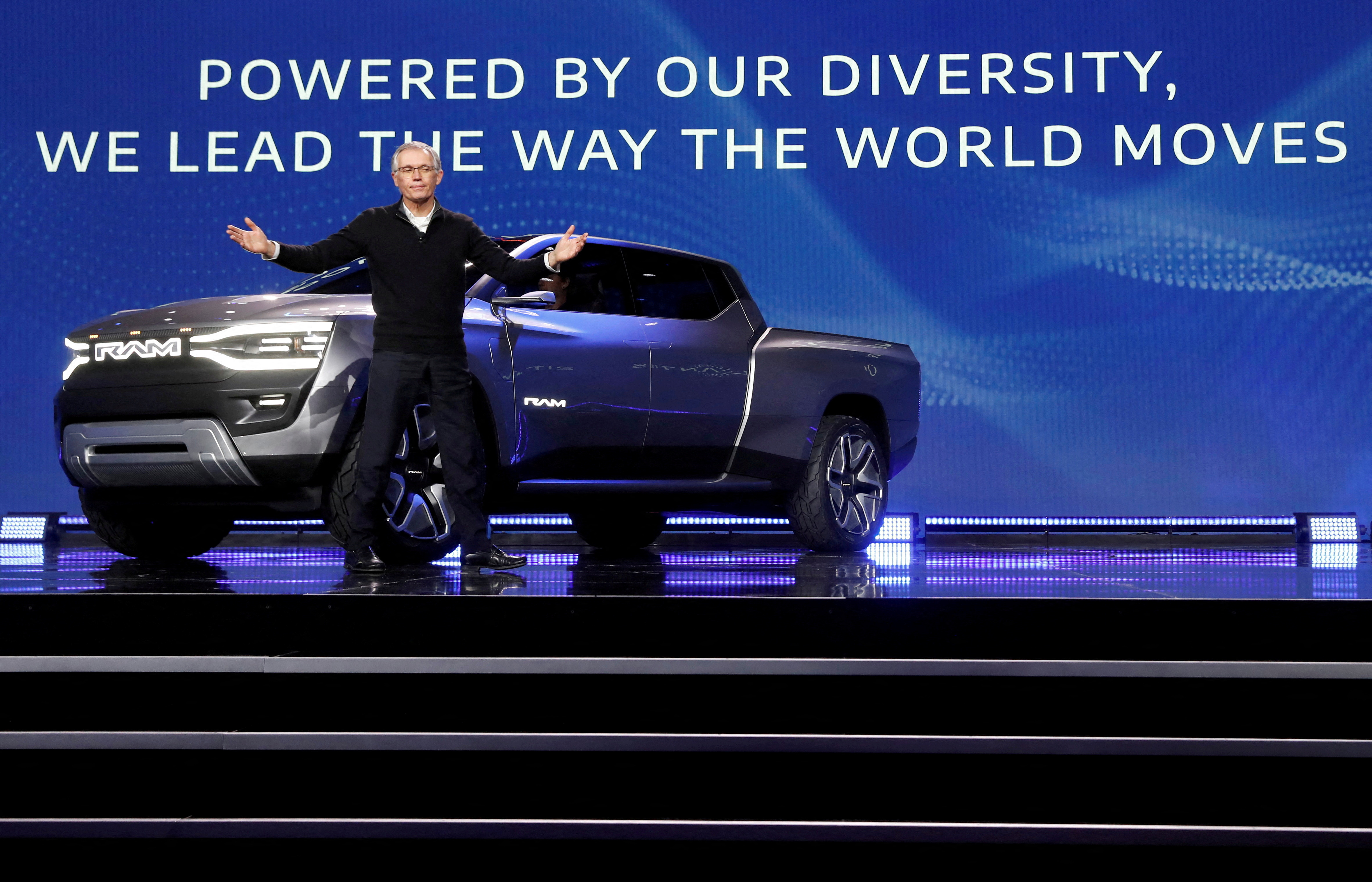A screenshot taken from AP video showing a general view of northern Gaza as seen from Southern Israel, before it was seized by Israeli officials on Tuesday, May 21, 2024. Israeli officials seized a camera and broadcasting equipment belonging to The Associated Press in southern Israel on Tuesday, accusing the news organization of violating the country’s new ban on Al Jazeera. Shortly before the equipment was seized, it was broadcasting a general view of northern Gaza. (AP Photo)Read More
AP video equipment is laid on the floor of an apartment block in Sderot, Southern Israel, shortly before it was seized by Israeli officials, Tuesday, May 21, 2024. Israeli officials seized the camera and broadcasting equipment belonging to The Associated Press in southern Israel on Tuesday, accusing the news organization of violating the country’s new ban on Al Jazeera. Shortly before the equipment was seized, it was broadcasting a general view of northern Gaza. (AP Photo/Josphat Kasire)
BY DAVID BAUDER
May 21, 2024
NEW YORK (AP) — Israel’s shutdown and seizure of an Associated Press video camera that provided a live glimpse into Gaza alarmed many journalists, who worried Tuesday about wider implications for coverage of a war largely fought out of the world’s sight to begin with.
After widespread condemnation, including a call by the Biden administration for Israel to back off, authorities returned the AP’s equipment late Tuesday. Israel had justified its move by saying the agency violated a new media law that bans Al Jazeera, since the Qatari satellite channel is one of thousands of customers that receive live AP video.
By early Wednesday, the AP’s live video of Gaza was back up in Israel.
The camera confiscated earlier, located in the southern Israeli town of Sderot, was not the only one the AP operated in Israel or Gaza — the company would not say how many it uses regularly — nor is the AP the only news organization to do so. Agence France-Presse confirmed it has frequently used such cameras in Israel and also sells its images to Al Jazeera.
“Israel’s move to restrict AP’s work today is extremely concerning and a clear attack on press freedom,” said Phil Chetwynd, AFP’s global news director.
News organizations expressed worry about the potential ambiguity in how Israel’s law could be enforced. What, they asked, prevents Israel from shutting down the news cooperative’s operations in the country altogether?
“It also could allow Israel to block media coverage of virtually any news event on vague security grounds,” Israel’s Foreign Press Association said in a statement.
OTHERS ARE LIKELY WATCHING ISRAEL’S ACTIONS
Israel also denies foreign journalists entry into Gaza to cover a war that began following Hamas’ Oct. 7 attacks inside the Jewish state, and has been criticized for not doing enough to protect Palestinian journalists and civilians.
The country “seems to be grasping at anything that hurts Al Jazeera,” said Thomas Kent, former president and CEO of Radio Free Europe/Radio Liberty and an international consultant on media ethics. Its latest step damages a reputable news organization at a time the country would seem to want independent news coverage, Kent said.
A democracy acting in this way also sends a disturbing signal to authoritarian countries, he said. “You have to look at the larger picture,” said Kent, also a former standards editor and international correspondent at the AP. “They’re giving fuel to other countries that would love to seize equipment and shut down transmissions.”
The move against the AP set off a debate within Israel. Yair Lapid, opposition leader to the Netanyahu government, called it an “act of madness.” Communications Minister Shlomo Karhi, who accused the AP of violating the country’s law, said it clearly states that any device used to deliver content to Al Jazeera could be seized.
“We will continue to act decisively against anyone who tries to harm our soldiers and the security of the state, even if you don’t like it,” Karhi responded to Lapid on X.
The AP’s camera in Sderot was operated 24 hours a day and was also attended by staff members. A staffer can be used to move or focus the camera to cover news that may be happening, and also to avoid capturing military moves. The AP says it complies with military censorship rules that prohibit the broadcast of troop movements that could endanger soldiers.
STATIONARY CAMERAS ARE COMMON
News organizations frequently place cameras that can operate remotely at various places around the globe, either in an area where news is happening or simply to provide a view of a city skyline.
These shots have many uses — providing a backdrop for a television station reporting on developments, or as a livestream feature on a website. Earlier in the Gaza war, footage from such cameras helped news organizations conduct forensic investigations into who was responsible for a military strike on a Palestinian hospital.
The AP is the biggest supplier of live video news coverage to newsrooms across the world, said AP Vice President Paul Haven, the agency’s head of news gathering.
“Our live video provides a window of what’s happening around the world on any given day, allowing audiences to see events for themselves as they unfold,” Haven said.
The Committee to Protect Journalists said it was “deeply disturbed” by Israel’s actions on Tuesday. Carlos Martinez de la Serna, CPJ program director, said the country should allow all international media outlets, including Al Jazeera, to operate freely in the country.
While Israel’s return of the equipment is a positive development, the underlying issue has not disappeared.
“We remain concerned about the Israeli government’s use of the foreign broadcaster law and the ability of independent journalists to operate freely in Israel,” said AP spokeswoman Lauren Easton.
___
David Bauder writes about media for The Associated Press. Follow him at http://twitter.com/dbauder.

DAVID BAUDER
National media and entertainment writer
twitter mailto




:focal(2141x1478:2142x1479)/https://tf-cmsv2-smithsonianmag-media.s3.amazonaws.com/filer_public/e9/d0/e9d0f27c-6f42-4764-bdd3-036702fb6fdb/gettyimages-548129767.jpg)
/https://tf-cmsv2-smithsonianmag-media.s3.amazonaws.com/accounts/headshot/Will-Sullivan-photo.png)



